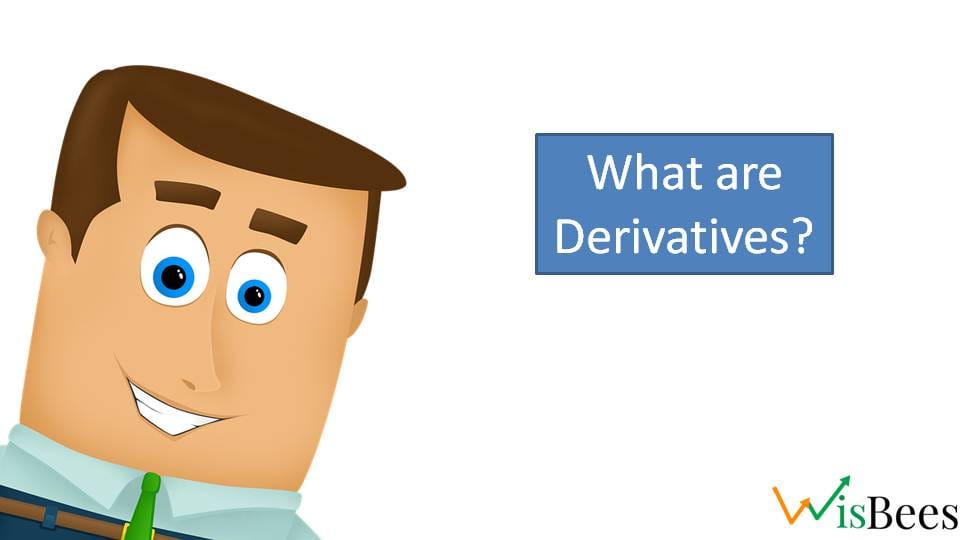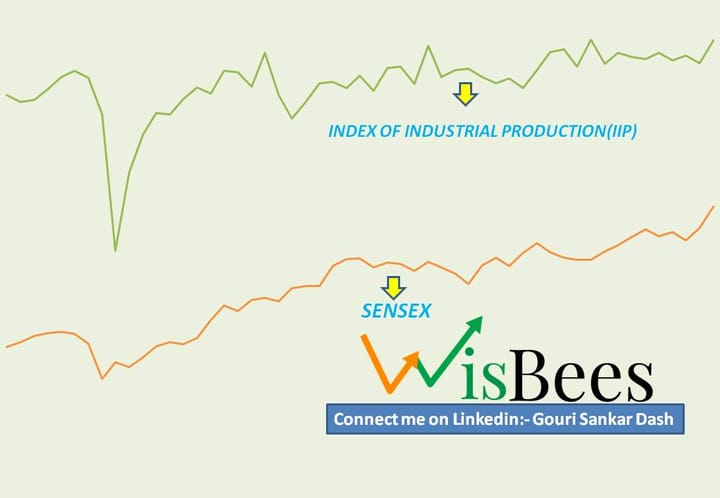Derivatives

Derivatives represent financial agreements that leverage their worth from an underlying asset or security, established to mature on a predetermined future date, at which point the contract concludes along with the predetermined quantity.
These assets or securities are referred to as the underlying and can encompass a wide range of possibilities, including market indexes, equities, bonds, government securities, commodities, interest rates, and currency assets.
The International Monetary Fund defines derivatives as "financial instruments that are linked to specific financial instruments, indicators, or commodities, and through which specific financial risks can be traded in financial markets in their own right."
Understanding Derivatives
Let’s consider a scenario where two people are involved one is a farmer named Chandra and the other is an owner of a ketchup-making company named Leela. The company owner had an analyst named Rajan who help him make all kinds of decisions for the welfare of the company and the farmer had an advisor named Aisha.
Rajan thought that the cost of tomatoes would go up soon. Aisha believed that tomato prices would go down.
While they were unsure, Arjun, Chandra's wise guide, predicted that the cost of tomatoes would go down. Chandra and Leela decided to work together. They made a pact that Leela's chutney business would only buy tomatoes from Chandra for the next six months, at a fixed price that would not change even if the market changed.
As time passed, the market went up and down, but Chandra and Leela stayed strong in their decision.
Basically, the sole purpose here was to mitigate the risk and lock in the price at which they wanted to deal. If the prices would rise Leela’s company would be eliminating risk and if the prices fall Chandra would.
So this was just a simple example showing how Leela and Chandra mitigate the future price fluctuation which might affect their individual profitability.
Types of Derivatives Contract
Forward Contract:
It is an agreement between two parties, where one party is a buyer who agrees to buy and the other party is a seller who agrees to sell, at a pre-decided date (expiry or settlement date) and a per-decided quantity.
The buyer here has a risk that the price may fall and the seller has a risk that the price may rise.
Basically, the buyer is going long in the contract, if the prices rise at the time of the settlement date then he would buy at a lower rate which was pre-decided and vice-versa. The seller is taking a short position that if the prices at the time of settlement are lower, he could buy it at a lower price.
Futures Contract:
The futures contract is quite similar to a ‘forward contract’ the only difference is that these contracts are standardized and are traded on a daily basis on an exchange.
Options Contract:
These are financial contracts that give the holder or buyer of the options a ‘right’ and the writer or the seller of the options an ‘obligation’ to buy or sell an underlying at a pre-determined price and for a predetermined period.
Unlike forwards and futures, there are two types of options, a call option, and a put option. Both of them can be bought and sold in an active market.
Swaps:
These are financial agreements to exchange a series of payments on multiple settlement dates over a specified time period. At each settlement dates the difference is only paid (the one with a greater liability pays the difference to the other party).
Some of the common types of swaps are interest rate swaps, currency swaps, credit swaps (credit default swaps 2008 global financial crisis), commodity, and equity swaps are also traded.
Uses
These instruments are usually used for managing risk. Some of them are as follows:
- Hedging: remember the above example we gave is hedging, both the farmer and the company reduced their risk by locking the price.
- Speculation: These are also one of the most liquid instruments in the financial markets, so traders use it to make some extra bucks.
- Risk Management: Market participants or fund managers use it to mitigate some short-term price fluctuations without liquidating their holdings.
- Arbitrage: This is the temporary price difference between asset at different places but their intrinsic value is the same. Traders use this as an opportunity to make a risk-free profit.
Disadvantages
- High Leverage can wipe out your capital if you have a naked open position.
- Contracts like forwards and swaps have counterparty risk (the other party may default at the time of settlement).



